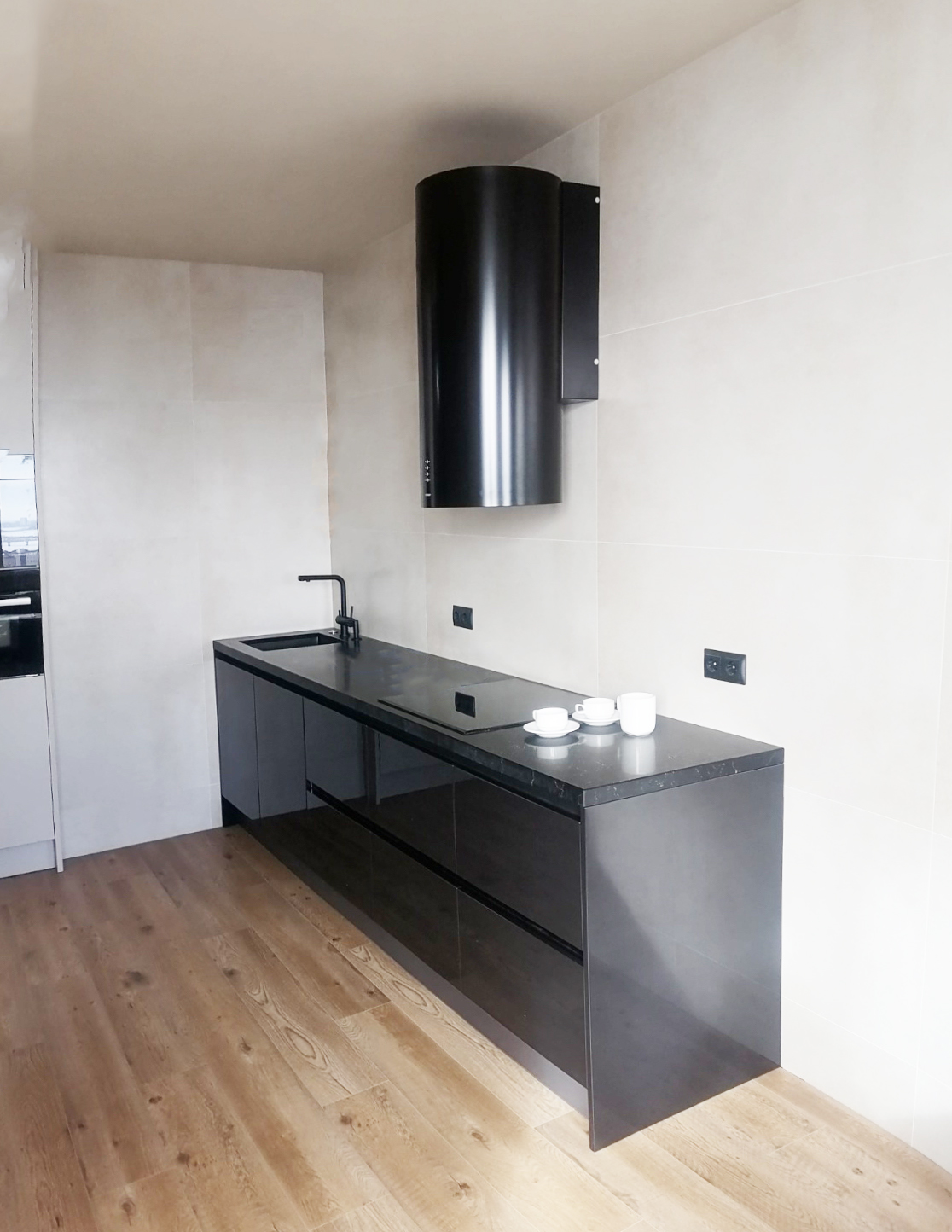
Culinary Spaces Redefined
The Evolution of the Kitchen
In recent years, we have witnessed a radical transformation in the way kitchens are designed and used. No longer are they merely utilitarian spaces for meal preparation; they have become the epicenter of home life, where family members gather, guests are entertained, and culinary experiments flourish. This shift reflects broader changes in lifestyle and social dynamics, as well as the blurring of lines between cooking and living spaces.
Innovation in Kitchen Design
Innovative design is at the forefront of the modern culinary space revolution. Ergonomic features, smart appliances, and sustainable materials are now standard elements in the contemporary kitchen. Designers are increasingly looking for ways to blend aesthetics with functionality, resulting in spaces that are both beautiful and practical. This has led to the rise of open-plan kitchens that seamlessly integrate with living and dining areas, promoting a more interactive and communal experience.
Technology Integration
The incorporation of advanced technology has been a game-changer for culinary spaces. Smart refrigerators, ovens that can be controlled remotely, and sophisticated lighting systems that can be adjusted to create the perfect ambiance have elevated the cooking experience. Furthermore, technology has made it easy for home cooks to access a world of recipes and tutorials at their fingertips, democratizing gourmet cooking and enabling more experimentation and learning in the kitchen.
Multi-Purpose Functionality
Modern culinary spaces are now designed to serve multiple purposes. Islands with built-in sinks and stovetops double as prep stations and dining tables. Kitchens with integrated workspaces accommodate the new wave of remote workers. These spaces are now just as much about socializing, working, and relaxing as they are about cooking and eating. The kitchen has truly become a multi-functional hub suited for the varied lifestyles of today's families.
Eclectic Aesthetics
Aesthetically, there is an increasing move towards eclectic styles that reflect personal tastes and cultural influences. From minimalist Scandinavian designs to warm and rustic farmhouses, or the sleek lines of modern industrial looks, there is a push to create spaces that are unique and personalized. This diversity in designs not only makes each kitchen distinct, but it also allows for a more expressive and inviting culinary space.
Community and Connectivity
Culinary spaces have also become focal points for community and connectivity. With the rise of cooking classes, supper clubs, and food-themed social media sharing, these spaces encourage people to connect over the shared love of food. This phenomenon has had a ripple effect, influencing culinary space design to accommodate these community-centric activities, with larger areas dedicated to seating and social interaction.
Sustainability and Conscious Living
Environmentally conscious design is becoming increasingly important in the realm of culinary spaces. Sustainable materials, energy-efficient appliances, and waste reduction systems are being implemented to minimize the ecological footprint of the kitchen. This includes the use of reclaimed wood, low-flow water fixtures, composting systems, and induction cooktops that reduce energy consumption. These responsible choices reflect a growing awareness of the need for sustainable living practices.
Conclusion: The Heart of the Home Reimagined
The redefinition of culinary spaces is a reflection of the evolving needs and aspirations of modern society. As the lines between cooking, eating, working, and socializing continue to blur, the kitchen is reasserting itself as the true heart of the home, a place where we not only nourish our bodies but also our relationships and creativity. This transformation promises to enrich our lives, foster closer connections, and inspire new ways of coming together.
```